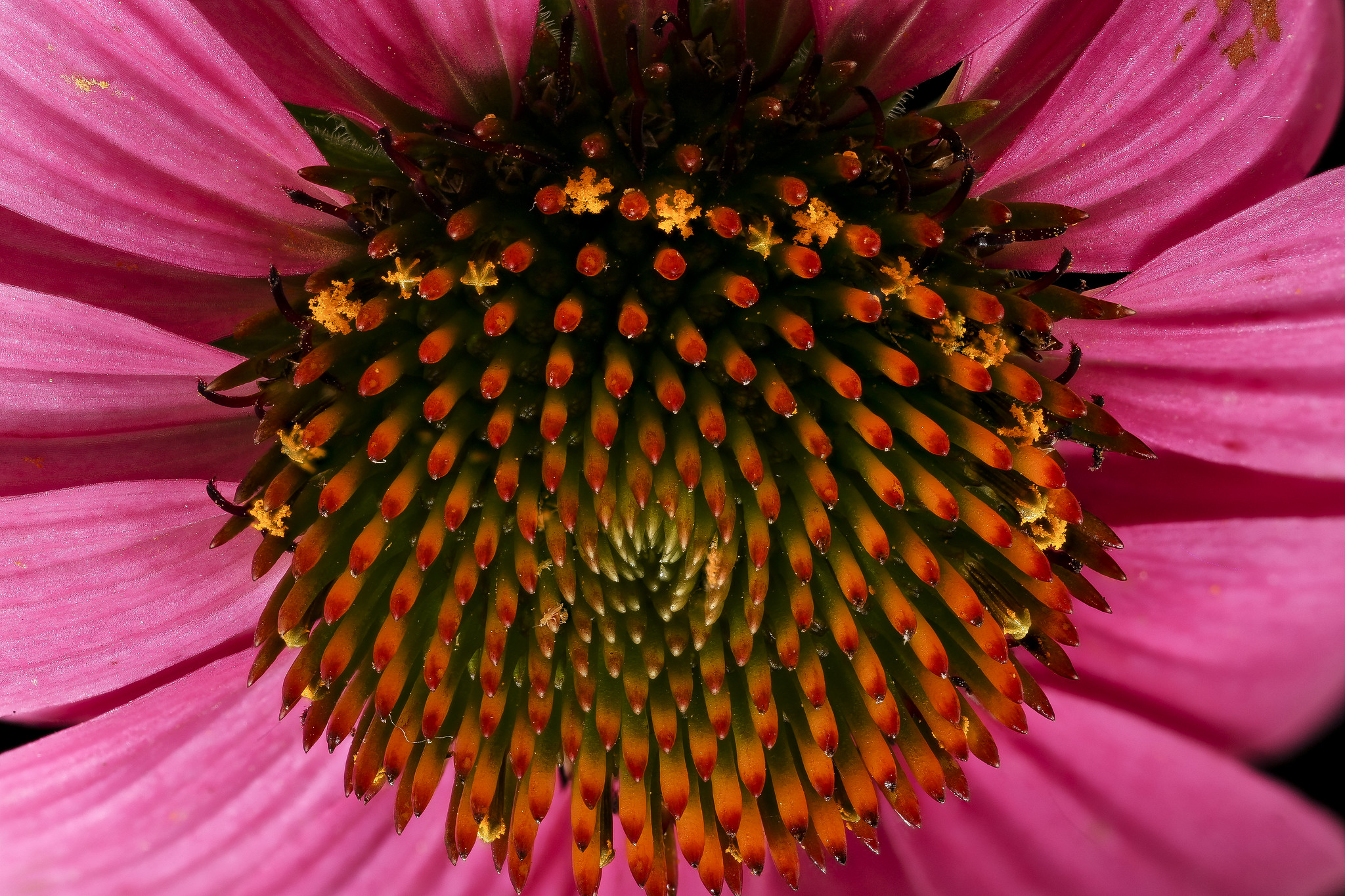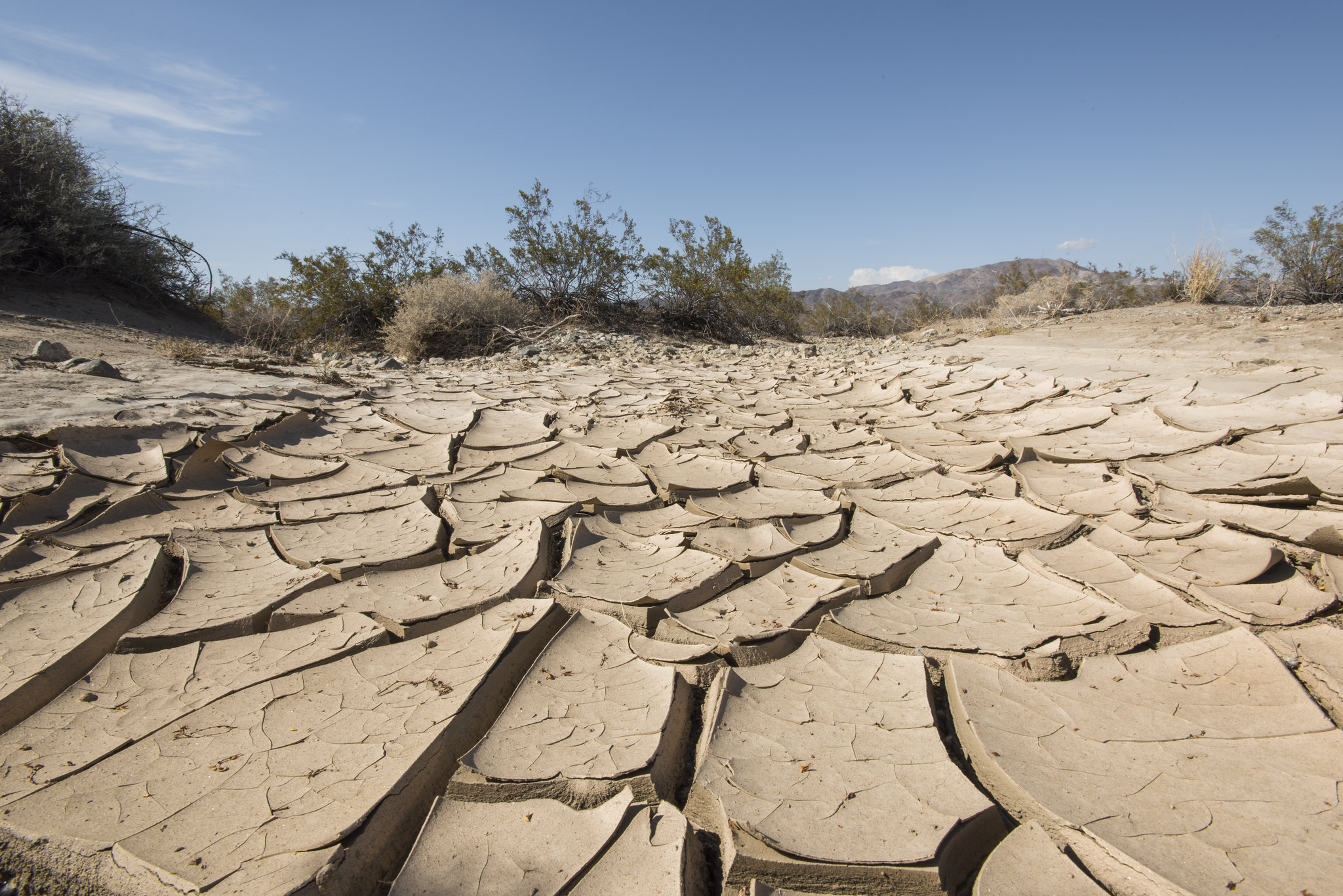Environmental Benefits of Choosing Native Plants
When we think about creating beautiful, thriving landscapes, it’s easy to get caught up in the allure of exotic flowers and lush, non-native plants. They’re often easy to find at garden centers and can promise dramatic color and texture. But as we dive deeper into sustainable gardening and conservation, it’s clear that native plants are the true heroes of our ecosystems. This week, I want to explore why native plants are not only more sustainable but also essential to the health of our environment—and how incorporating them into our gardens can help support biodiversity, conserve resources, and fight climate change.
What Makes a Plant “Native”?
First, let’s clarify what we mean by “native plants.” Native plants are species that naturally occur in a specific region without human intervention. These plants have evolved over thousands of years to thrive in their local climate, soil, and ecosystems. They provide vital resources to local wildlife, support pollinators, and maintain the balance of natural processes.
In contrast, non-native plants come from other regions or continents. While they may seem harmless and sometimes beautiful in gardens, they don’t have the same established relationship with local ecosystems. Some non-native plants can even become invasive, outcompeting native species for resources and disrupting local ecosystems.
Native Plants Support Local Biodiversity
One of the most significant benefits of choosing native plants is their ability to support local biodiversity. Native plants are essential food sources for local pollinators, such as bees, butterflies, and birds. These creatures have co-evolved with native plants, developing specific relationships that ensure both thrive.
For example, many native flowers and shrubs provide nectar and pollen for pollinators, while also offering shelter and nesting opportunities for birds and insects. By choosing native plants for your garden, you’re creating a sanctuary for local wildlife, helping to maintain a balanced ecosystem where native species can thrive.
Non-native plants, on the other hand, often lack these symbiotic relationships with local wildlife. They may not provide the right type of food for native pollinators, or they may even release toxins that harm native species. Over time, invasive non-native plants can outcompete native species, leading to a decline in biodiversity.
Native Plants Conserve Water and Resources
Another key advantage of native plants is their water efficiency. Since native plants are adapted to the local climate and soil conditions, they require less water, fertilizers, and pesticides than non-native varieties. They’ve evolved to withstand the natural rainfall patterns and temperature extremes of their environment, which means they don’t need constant watering or chemical treatments to thrive.
In contrast, non-native plants often require more water and attention to maintain their health. Some may need extra irrigation to survive in regions with dry summers, while others may be more susceptible to pests and diseases, requiring the use of harmful chemicals. By choosing native plants, you’re not only conserving water but also reducing your environmental footprint.
Native Plants Are Resilient to Climate Change
As the impacts of climate change become more pronounced, the need for resilient plant species grows. Native plants are often more resistant to climate change because they have adapted to the specific conditions of their environment over time. They are more likely to withstand extreme weather events, such as droughts, floods, and temperature fluctuations, than non-native plants.
Additionally, native plants contribute to the mitigation of climate change. Many native plants have deep root systems that help to stabilize the soil and prevent erosion, while also sequestering carbon in the soil. By planting native species, we’re not only helping to preserve the landscape but also actively participating in the fight against global warming.
Native Plants Prevent Soil Erosion
The deep, extensive root systems of native plants play a crucial role in preventing soil erosion. In areas prone to heavy rainfall or high winds, native plants help to hold the soil in place, reducing the risk of landslides and flooding. Their roots also help to filter rainwater, improving water quality and reducing runoff.
Non-native plants, especially those with shallow root systems, don’t provide the same level of soil stability. This makes them less effective in protecting against erosion and can lead to degraded soil quality over time. By planting native species, you’re helping to maintain healthy, well-anchored soil that supports a wide range of plant and animal life.
How to Incorporate Native Plants into Your Garden
Now that we’ve covered the environmental benefits of native plants, how can you start incorporating them into your own garden? Here are a few tips to get you started:
- Research Native Species: Start by learning about the native plants that grow naturally in your region. You can consult local gardening centers, native plant societies, or even local conservation groups to find species that are well-suited to your area’s soil and climate.
- Design for Local Wildlife: Think about the types of wildlife you want to attract to your garden. Consider planting a variety of native plants that provide food and shelter for different creatures, including bees, butterflies, birds, and small mammals.
- Embrace Natural Landscaping: Native plants often thrive in natural, less-manicured landscapes. You don’t need to create a perfectly groomed garden to enjoy the benefits of native plants. Embrace a more relaxed, wild aesthetic that mirrors the beauty of your local environment.
- Use Local Resources: Support local nurseries that specialize in native plants. Not only are you getting plants that are specifically suited to your region, but you’re also supporting businesses that prioritize sustainability and biodiversity.
Growing a Sustainable Future with Native Plants
Choosing native plants is one of the most impactful steps you can take to promote sustainability in your garden and contribute to the health of our planet. By supporting local wildlife, conserving water, and enhancing biodiversity, native plants offer a simple yet powerful solution to some of the biggest environmental challenges we face today. Whether you’re planting a small garden in your backyard or designing a large-scale landscape, incorporating native species is a step toward creating a more resilient, sustainable, and beautiful world.
By embracing native plants, we’re not only preserving the natural beauty of our landscapes but also protecting the delicate ecosystems that sustain life on Earth. Let’s work together to ensure that these plants—along with the wildlife that depends on them—continue to thrive for generations to come.
FAQ
A native plant is a species that naturally occurs in a specific region without human intervention. These plants have evolved over thousands of years to thrive in the local climate and soil, providing essential resources to wildlife and supporting ecosystem balance.
Native plants support biodiversity by providing food, shelter, and nesting opportunities for local wildlife, including pollinators, birds, and insects. These plants have co-evolved with wildlife to maintain symbiotic relationships, ensuring both thrive in a balanced ecosystem.
Native plants are adapted to the local climate and soil conditions, meaning they require less water, fertilizers, and pesticides compared to non-native plants. They’ve evolved to withstand the natural rainfall and temperature extremes of their environment, reducing the need for constant irrigation and chemical treatments.
Native plants are more resilient to climate change due to their long adaptation to local conditions. Their deep root systems help stabilize soil, prevent erosion, and sequester carbon in the soil, contributing to the mitigation of global warming.
Native plants have deep, extensive root systems that anchor the soil, reducing the risk of soil erosion during heavy rainfall or strong winds. Their roots also filter rainwater, improving water quality and reducing runoff, which helps maintain healthy soil and ecosystems.



